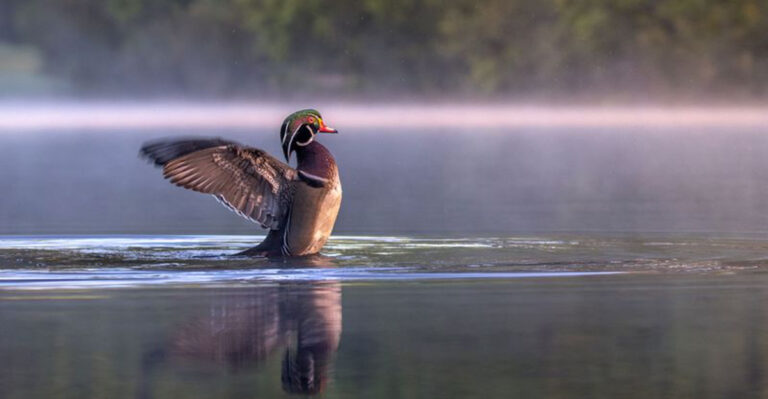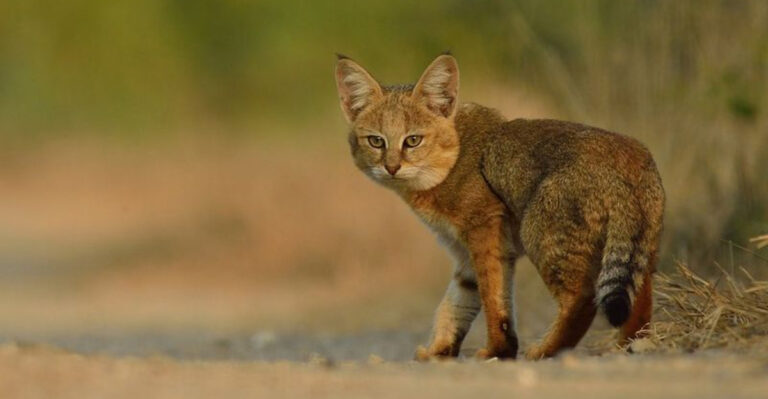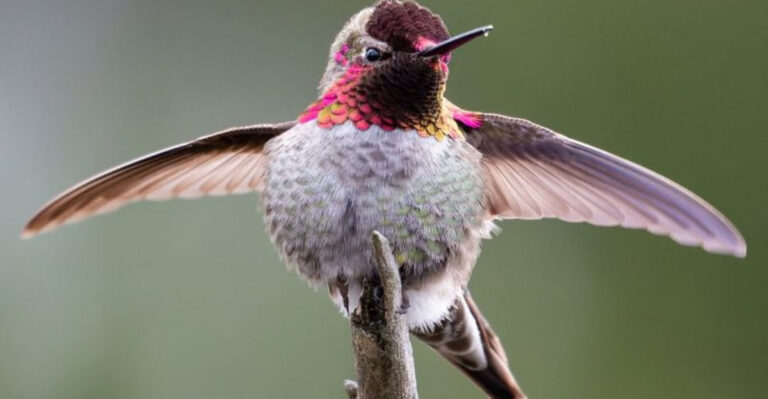10 Ethical Places To Observe Cheetahs In Their Natural Habitat
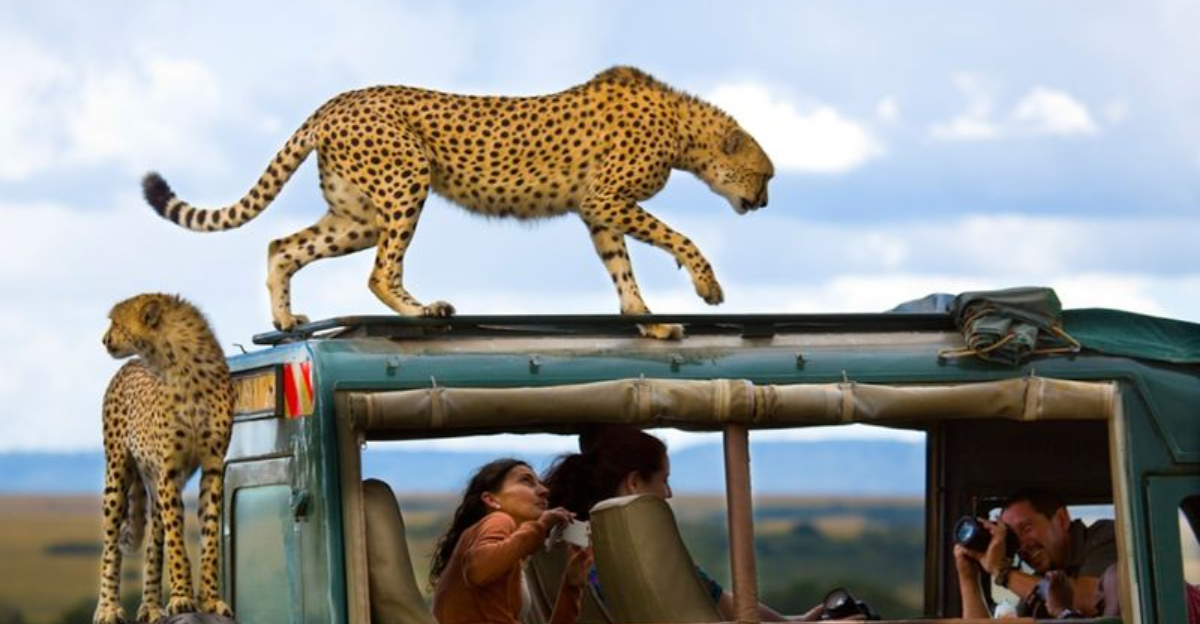
Watching cheetahs sprint across the savanna is one of nature’s most thrilling spectacles. These magnificent cats can reach speeds of 70 mph, making them the fastest land animals on Earth.
As cheetah populations face threats from habitat loss and human conflict, choosing ethical places to observe them becomes crucial for their conservation and well-being.
1. Maasai Mara National Reserve, Kenya
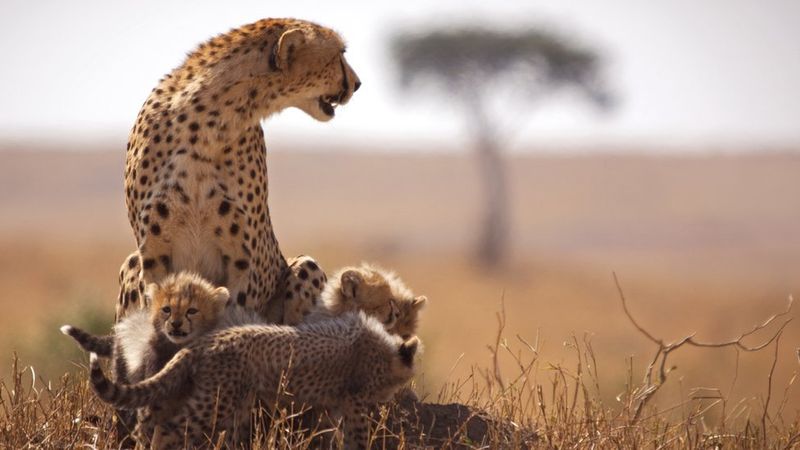
The golden grasslands of Maasai Mara offer prime cheetah viewing opportunities. Local conservation efforts have helped maintain healthy cheetah populations here, particularly on the open plains where these spotted speedsters hunt.
Responsible safari operators limit vehicle numbers around cheetah sightings, giving the animals space to behave naturally. The best time to visit is during the Great Migration (July to October) when prey abundance increases cheetah activity.
The reserve partners with Cheetah Conservation Fund researchers who monitor the cats and educate visitors about threats these vulnerable predators face.
2. Serengeti National Park, Tanzania
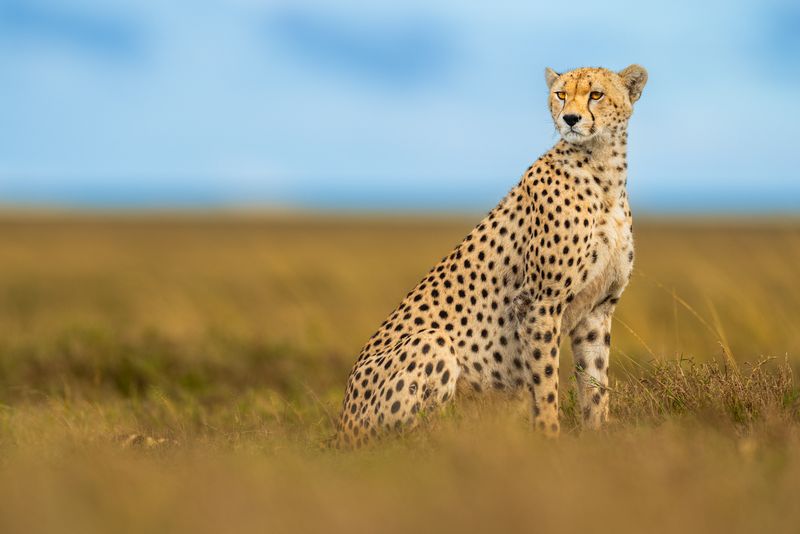
Famous for its endless plains, the Serengeti provides ideal cheetah habitat with excellent visibility for observers. The park’s strict regulations ensure vehicles maintain proper distances from these sensitive cats.
Morning game drives offer the best chance to witness cheetahs hunting, as they’re most active during cooler hours. The Seronera and Gol Kopjes areas are particularly known for reliable cheetah sightings throughout the year.
Many lodges support the Serengeti Cheetah Project, which has tracked these magnificent cats since 1974, providing crucial data for their conservation.
3. Naboisho Conservancy, Kenya
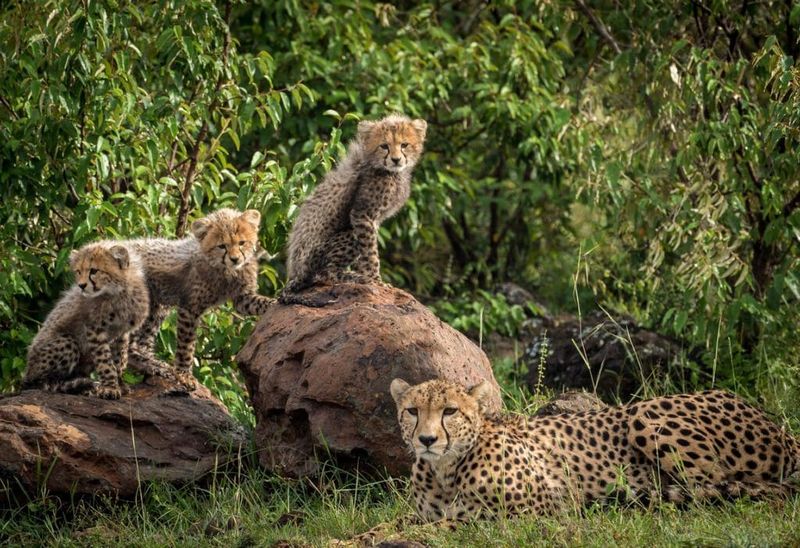
Unlike crowded national parks, this private conservancy limits visitor numbers, creating less stressful encounters for cheetahs. Community ownership means tourism directly benefits local Maasai people who protect the wildlife.
Guided walks with experienced Maasai trackers offer unique perspectives on cheetah behavior impossible from vehicles. The conservancy’s commitment to sustainable tourism has created a sanctuary where cheetahs thrive.
Research shows cheetah densities here are among Africa’s highest! Naboisho’s guides receive special training in ethical wildlife viewing practices, ensuring cheetahs aren’t disturbed during sensitive activities like hunting or caring for cubs.
4. Okonjima Nature Reserve, Namibia
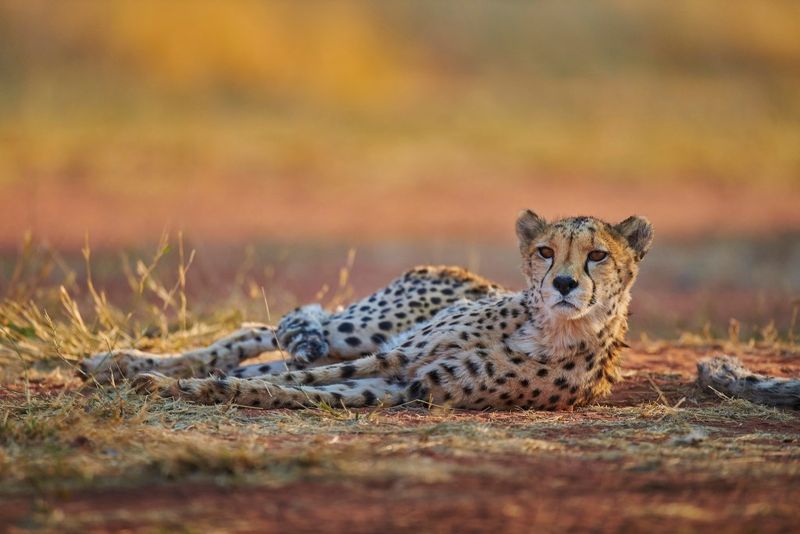
Home to the AfriCat Foundation, Okonjima specializes in rehabilitating cheetahs that can’t survive in the wild. The reserve’s radio-tracking program lets visitors observe these magnificent cats in a semi-wild setting without disrupting their natural behaviors.
Educational programs focus on human-wildlife conflict solutions and conservation challenges. Guests learn how farmers and predators can coexist through innovative techniques.
The reserve’s luxury eco-lodges fund rehabilitation efforts while providing intimate wildlife experiences. Morning tracking sessions often reveal cheetahs lounging in the shade or practicing hunting skills in this protected 200-square-kilometer sanctuary.
5. Kgalagadi Transfrontier Park, South Africa/Botswana
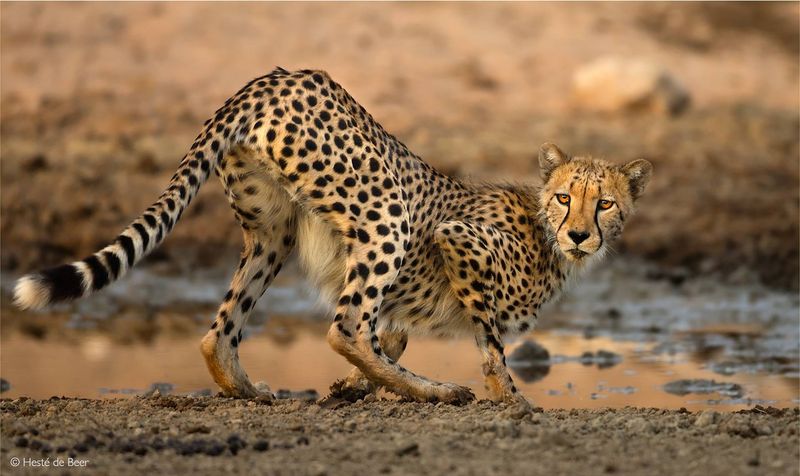
Spanning two countries, this arid wilderness harbors a unique desert-adapted cheetah population. The park’s sparse vegetation and open terrain make it perfect for spotting these elusive cats from a respectful distance.
Kgalagadi’s strict visitor policies prevent off-road driving, protecting fragile desert ecosystems and ensuring wildlife isn’t harassed. Patient observers are rewarded with extraordinary hunting scenes as cheetahs pursue springbok across red sand dunes.
The park’s remoteness means fewer tourists and more authentic wildlife encounters. Researchers have documented fascinating behavioral adaptations of Kgalagadi cheetahs, including larger home ranges and specialized hunting techniques for desert survival.
6. Phinda Private Game Reserve, South Africa
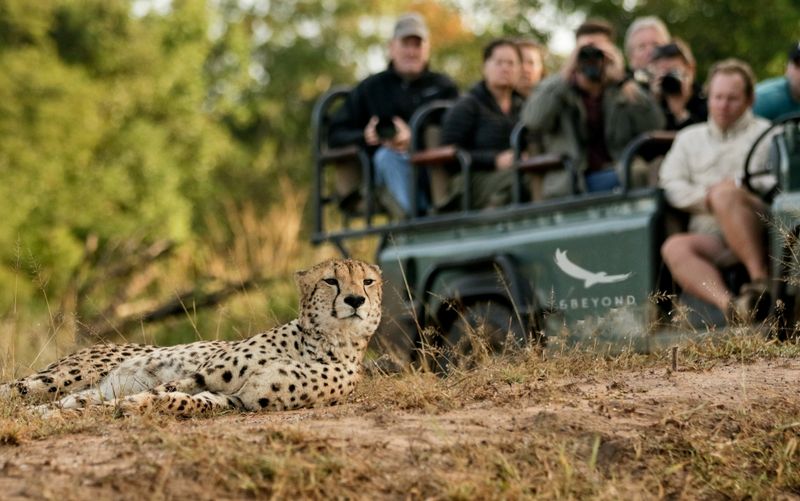
Phinda pioneered cheetah reintroduction in KwaZulu-Natal, establishing a thriving population where these cats had been extinct. The reserve’s varied habitats – from woodland to grassland – showcase different aspects of cheetah behavior rarely seen elsewhere.
Limited vehicle numbers and exclusive traversing rights ensure intimate, unrushed wildlife encounters. Phinda’s experienced guides are masters at interpreting cheetah body language, helping visitors understand when to maintain distance.
The reserve’s successful breeding program contributes to cheetah genetic diversity across Africa. Photography workshops specifically focused on ethical cheetah observation teach visitors how to capture stunning images without disturbing these sensitive cats.
7. Samara Private Game Reserve, South Africa
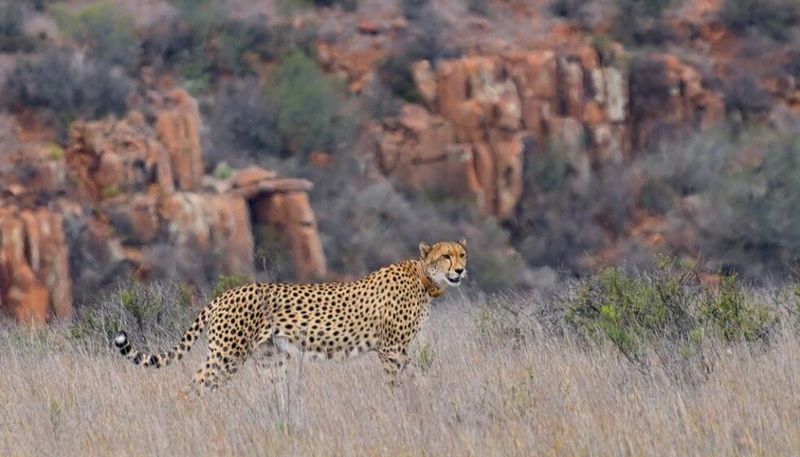
After a 130-year absence, cheetahs returned to the Great Karoo through Samara’s groundbreaking rewilding project. The reserve’s mountain plateaus and valley floors create diverse hunting grounds where visitors witness remarkable predator-prey dynamics.
Samara’s passionate conservationists share fascinating insights about cheetah ecology during game drives. Their tracking program has revealed surprising adaptations as these cats learn to navigate mountainous terrain – unlike their savanna relatives.
The reserve’s luxury lodges fund ongoing conservation while providing extraordinary cheetah encounters. Photographers particularly love Samara’s dramatic landscapes that frame cheetahs against purple mountain backdrops – a stark contrast to typical savanna images.
8. Lewa Wildlife Conservancy, Kenya
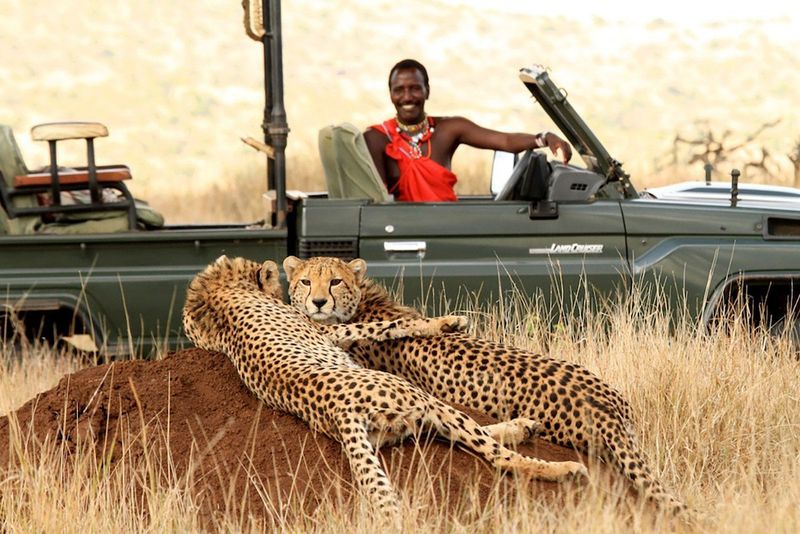
A pioneer in community-based conservation, Lewa’s innovative approach has created a safe haven for cheetahs. The conservancy’s rolling hills and open plains provide perfect terrain for observing natural hunting behavior.
Lewa’s unique rhino tracking experiences sometimes yield unexpected cheetah sightings in areas rarely visited by other tourists. Their guides receive specialized training in minimizing wildlife disturbance while maximizing educational opportunities.
Research partnerships with Kenyan universities generate valuable cheetah data while training local scientists. Lewa’s successful anti-poaching measures have created a secure environment where cheetahs raise cubs without human interference – a privilege to witness for conservation-minded visitors.
9. Kwandwe Private Game Reserve, South Africa
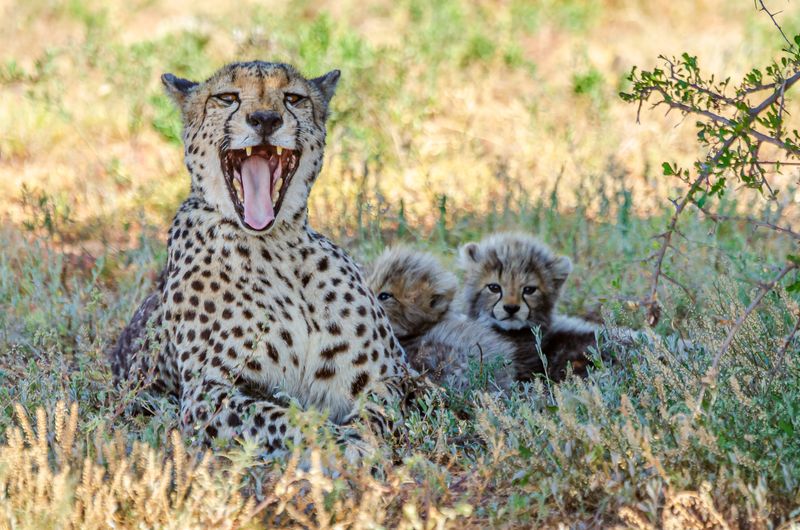
Once degraded farmland, Kwandwe has been transformed into a thriving wilderness where cheetahs hunt across 54,000 acres. The reserve’s commitment to low tourist density means vehicles rarely compete for sightings.
Specialized cheetah conservation safaris offer behind-the-scenes looks at tracking and monitoring techniques. Visitors sometimes assist researchers in collecting valuable field data during their stay.
Kwandwe’s success story demonstrates how ecotourism can fund habitat restoration that benefits cheetahs. The reserve’s unique position in the Eastern Cape means its cheetahs represent a genetically important population, geographically separate from other South African groups – making conservation efforts here particularly significant.
10. Mara Naboisho Conservancy, Kenya
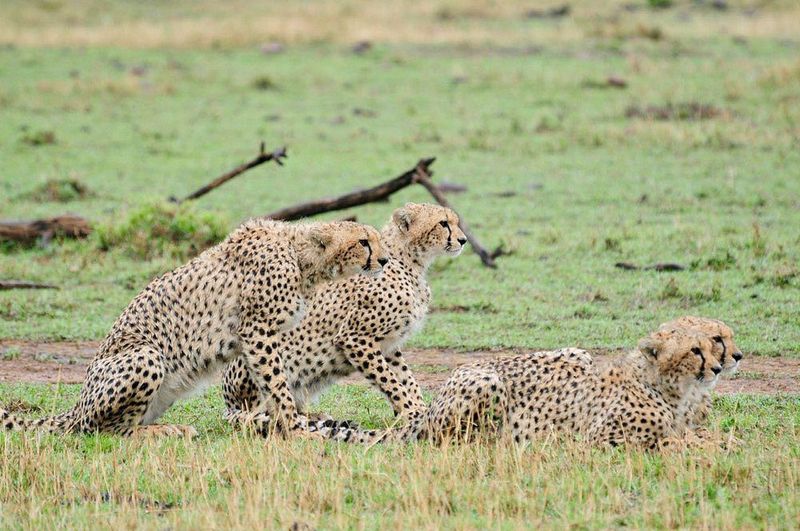
Adjacent to the famous Maasai Mara, this community-owned conservancy limits beds to just one per 350 acres – ensuring exceptional, uncrowded cheetah viewing. Revenue directly supports Maasai landowners who have chosen wildlife conservation over cattle ranching.
The conservancy’s walking safaris offer rare opportunities to track cheetahs on foot with experienced guides. Night drives reveal fascinating behaviors not visible in national parks where evening activities are prohibited.
Naboisho’s innovative conservation model has created a wildlife corridor critical for cheetah genetic exchange. Research shows cheetah cubs have higher survival rates here than in the neighboring national reserve – a testament to the effectiveness of this community-based approach.

